Home>Articles>Who Do You Call If Carbon Monoxide Detector Goes Off
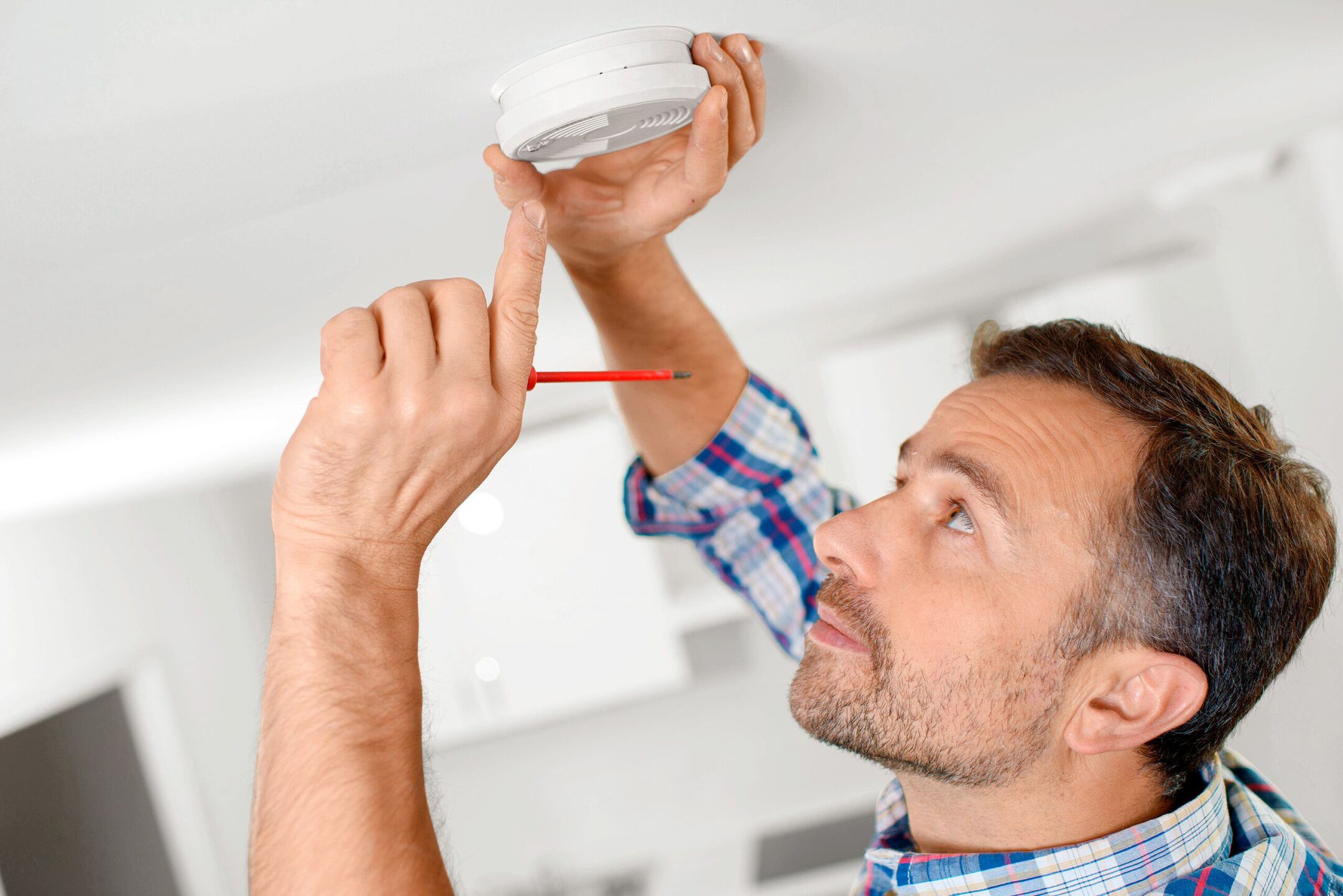

Articles
Who Do You Call If Carbon Monoxide Detector Goes Off
Modified: December 7, 2023
If your carbon monoxide detector goes off, find out who to call for immediate assistance in this informative article.
(Many of the links in this article redirect to a specific reviewed product. Your purchase of these products through affiliate links helps to generate commission for Storables.com, at no extra cost. Learn more)
Introduction
Carbon monoxide (CO) is an odorless, colorless, and tasteless gas that can be extremely dangerous if not detected early. It is often referred to as the “silent killer” because it is virtually impossible to detect without the use of specialized equipment. Carbon monoxide can be produced by various sources such as faulty furnaces, gas stoves, fireplaces, and even vehicles left running in enclosed spaces.
The importance of having a carbon monoxide detector in your home cannot be overstated. A carbon monoxide detector is a device that is specifically designed to detect alarming levels of carbon monoxide in the air and alert you before it reaches a dangerous level. It is crucial to have a functioning detector in your home to protect yourself and your loved ones from the harmful effects of carbon monoxide poisoning.
Understanding how carbon monoxide detectors work and what to do when they go off is essential for your safety and well-being. This article aims to provide you with the necessary information to navigate these situations and take appropriate action when your carbon monoxide detector goes off.
Key Takeaways:
- Carbon monoxide detectors are essential for early detection of the “silent killer” gas. When the alarm goes off, evacuate immediately, contact emergency services, and wait for professional help to ensure safety.
- Preventing carbon monoxide poisoning requires proactive measures such as regular maintenance of fuel-burning appliances, proper ventilation, and educating household members. Installing certified carbon monoxide detectors is crucial for early warning.
What is Carbon Monoxide?
Carbon monoxide (CO) is a colorless and odorless gas that is produced by the incomplete burning of fuels such as gas, oil, wood, and coal. It is often referred to as the “silent killer” because it is nearly impossible to detect without specialized equipment. When inhaled, carbon monoxide binds to the hemoglobin in our red blood cells, preventing oxygen from being carried to vital organs and tissues in the body.
Exposure to high levels of carbon monoxide can be extremely dangerous and even fatal. Symptoms of carbon monoxide poisoning include headache, dizziness, nausea, confusion, shortness of breath, and loss of consciousness. Prolonged exposure to carbon monoxide can lead to serious health issues, brain damage, and even death.
Carbon monoxide can be produced by a variety of sources, including faulty heating systems, gas stoves, fireplaces, and generators. It is important to note that carbon monoxide can build up indoors when these sources are not correctly ventilated or when there are leaks or malfunctions in the appliances. This is why having a carbon monoxide detector in your home is crucial to warn you of high levels of the gas.
It is worth mentioning that carbon monoxide does not discriminate and can affect anyone, regardless of age or physical condition. However, certain individuals, such as young children, pregnant women, and individuals with respiratory problems, are particularly vulnerable to the effects of carbon monoxide poisoning.
In order to protect yourself and your family from the dangers of carbon monoxide poisoning, it is essential to have a functioning carbon monoxide detector in your home. These detectors are designed to sound an alarm when carbon monoxide levels reach a certain threshold, allowing you to take immediate action and evacuate the premises.
The Importance of a Carbon Monoxide Detector
A carbon monoxide detector is a crucial device to have in your home to safeguard against the dangers of carbon monoxide poisoning. Here are a few reasons why having a carbon monoxide detector is of utmost importance:
- Early Detection: Carbon monoxide is an invisible and odorless gas, making it impossible to detect without specialized equipment. A carbon monoxide detector is designed to sense alarming levels of carbon monoxide in the air and emit a loud alarm to alert you. This early detection can save lives, giving you and your family the precious time needed to evacuate the area and seek medical help.
- Protection 24/7: Carbon monoxide can be produced at any time, whether you are awake or asleep, and it can quickly reach dangerous levels. A carbon monoxide detector provides round-the-clock monitoring, offering you continuous protection against the risks of carbon monoxide exposure.
- Peace of Mind: Having a carbon monoxide detector installed in your home gives you peace of mind, knowing that you have taken a proactive step to protect your loved ones. It acts as a constant guardian, silently monitoring the air quality and alerting you if any dangerous levels of carbon monoxide are detected.
- Legal Requirement: In many jurisdictions, having a carbon monoxide detector is a legal requirement for residential properties. Landlords are often obligated to provide and maintain functioning carbon monoxide detectors in rental units. Familiarize yourself with the local regulations to ensure compliance and the safety of your home.
- Prevention and Education: By having a carbon monoxide detector in your home, you are taking a proactive step towards preventing carbon monoxide poisoning. Not only does it provide early warning, but it also raises awareness about the potential sources of carbon monoxide and encourages you to take necessary precautions to reduce the risk of exposure.
Remember, a carbon monoxide detector is only effective when it is properly installed and maintained. Ensure you follow the manufacturer’s instructions for installation and regular testing to ensure its functionality. Additionally, make sure to replace the batteries as needed and replace the detector itself according to the manufacturer’s guidelines.
Investing in a carbon monoxide detector is an essential measure to protect yourself and your loved ones from the dangers of carbon monoxide poisoning. It is a small price to pay for the peace of mind and safety it provides, ensuring that your home is a healthy and secure environment for all.
Understanding Carbon Monoxide Detector Alarms
A carbon monoxide detector is designed to alert you when it detects elevated levels of carbon monoxide in the air. Understanding how carbon monoxide detector alarms work is crucial for your safety. Here are the key aspects to understand:
- Alarm Types: There are different types of alarms used in carbon monoxide detectors, including audible alarms and visual indicators. Audible alarms emit a loud, distinctive sound when carbon monoxide is detected, alerting you to potential danger. Visual indicators, such as flashing lights or changing colors, can also be included to supplement the audible alarm for people with hearing impairments.
- Alarm Patterns: Carbon monoxide detectors typically have different alarm patterns to differentiate between different levels of carbon monoxide concentration. For example, a rapid beeping alarm pattern may indicate low levels of carbon monoxide, while a continuous alarm may signal a high level of the gas. Familiarize yourself with the alarm patterns specified by the manufacturer to better understand the severity of the situation.
- False Alarms: Carbon monoxide detectors are designed to minimize false alarms caused by everyday household items such as cooking fumes or steam. However, there may still be instances where a carbon monoxide detector triggers a false alarm. If you believe it to be a false alarm, it is important to ventilate the area and investigate any possible sources of carbon monoxide. Do not ignore a carbon monoxide alarm unless you are certain it is a false alarm.
- Battery Alerts: Carbon monoxide detectors are typically battery-powered, so it is crucial to ensure the batteries are in good working condition. Many detectors have battery alerts to indicate when the batteries are low and need to be replaced. Take these alerts seriously and replace the batteries promptly to ensure the detector functions properly at all times.
- Interconnected Detectors: It is advisable to have interconnected carbon monoxide detectors throughout your home. Interconnected detectors communicate with each other so that when one detector detects carbon monoxide, all detectors will sound their alarms. This ensures that everyone in the house is quickly alerted and can take necessary action, even if they are in a different part of the building.
It is vital to familiarize yourself with the specific features and instructions provided by your carbon monoxide detector manufacturer. Read the user manual and understand how to interpret alarms, silence false alarms, and test the detector regularly. Regular testing, typically done monthly, ensures that the detector is functioning correctly and ready to warn you of any potential carbon monoxide threats.
Remember, a carbon monoxide detector is a crucial tool for early detection, but it does not replace necessary preventative measures. It is important to have regular maintenance and inspections of your fuel-burning appliances, such as furnaces and water heaters, to minimize the risk of carbon monoxide leaks. Additionally, make sure your living spaces are properly ventilated, and any potential sources of carbon monoxide are properly maintained.
By understanding how carbon monoxide detector alarms work and taking necessary precautions, you and your loved ones can stay safe and protected from the dangers of carbon monoxide poisoning.
Steps to Take When Your Carbon Monoxide Detector Goes Off
When your carbon monoxide detector goes off, it is crucial to take immediate action to ensure your safety and the safety of those around you. Here are the steps you should follow when your carbon monoxide detector alarm sounds:
- Do not ignore the alarm: The first and most important step is to take the alarm seriously. Carbon monoxide is a potentially life-threatening gas, and the alarm is designed to warn you of its presence. Do not ignore the alarm or assume it is a false alarm.
- Evacuate the area: If the alarm is sounding, quickly and calmly evacuate the area. Move yourself and everyone else in the building to a safe location outside. This should be a well-ventilated area away from the source of carbon monoxide, ensuring you are in fresh air.
- Do not re-enter the building: Once you have safely evacuated, do not re-enter the building until it has been declared safe by professionals. Do not try to find the source of the carbon monoxide yourself as it can be dangerous. Let trained emergency personnel handle the situation.
- Call emergency services: Dial emergency services immediately to report the carbon monoxide incident. In most regions, the emergency services number is 911. Inform the operator that your carbon monoxide detector alarm has gone off, and they will dispatch the appropriate emergency responders to assist you.
- Seek medical attention: If you or anyone else in your household is experiencing symptoms of carbon monoxide poisoning, such as headache, dizziness, or difficulty breathing, seek medical attention right away. Carbon monoxide poisoning can be life-threatening and requires immediate medical care.
- Inform others: If you live in a multi-unit building, inform your neighbors about the carbon monoxide incident so they can also take necessary precautions. This is particularly important if they share a common ventilation system with your unit.
- Wait for professionals: Once emergency services have arrived, follow their instructions and cooperate fully. They will conduct tests to assess the carbon monoxide levels and locate the source of the gas. Let the professionals handle the situation to ensure your safety and the proper resolution of the issue.
Remember, carbon monoxide can quickly reach dangerous levels and can often go undetected without a functioning carbon monoxide detector. Regular maintenance of fuel-burning appliances, proper ventilation, and regular testing of your carbon monoxide detector are essential preventive measures to keep you and your loved ones safe.
By following these steps and prioritizing your safety, you can effectively respond to a carbon monoxide incident and minimize the risks associated with exposure to this silent but deadly gas.
Read more: Why Do You Need A Carbon Monoxide Detector
Contacting Emergency Services
Contacting emergency services immediately when your carbon monoxide detector goes off is crucial for your safety and the safety of others. Here are the important things to keep in mind when contacting emergency services:
- Dial the appropriate emergency number: In most regions, the emergency services number is 911. However, it is essential to know the correct number for your location. Ensure you have the emergency services number readily available so that you can quickly dial it when needed.
- Stay calm and provide necessary information: When contacting emergency services, it is important to remain calm and provide accurate information. Inform the operator that your carbon monoxide detector alarm has gone off and that you suspect a carbon monoxide incident. Be prepared to provide your location, as well as any additional details that can assist the emergency responders.
- Follow the operator’s instructions: The emergency services operator will guide you on what to do next. They may ask you to evacuate the building, seek medical attention, or stay on the line for further instructions. It is important to listen carefully and follow their instructions promptly.
- Provide updates if necessary: If the situation changes, such as experiencing worsening symptoms or noticing any unusual behavior in others, make sure to inform the emergency services operator. This information can help them assess the severity of the situation and provide appropriate assistance.
- Wait for emergency responders: After contacting emergency services, it is essential to remain in a safe location and wait for the emergency responders to arrive. They are trained to handle carbon monoxide incidents and will assess the situation, test for carbon monoxide levels, and take necessary action to ensure your safety. Cooperate fully with the responders and provide any requested information or assistance.
It is important to remember that emergency services should be contacted immediately whenever your carbon monoxide detector goes off, even if you are unsure if it is a real emergency. It is better to err on the side of caution and allow the professionals to assess the situation and provide appropriate guidance.
Additionally, it is advisable to inform your neighbors if you live in a multi-unit building about the carbon monoxide incident. This can help ensure their safety and enable them to take necessary precautions.
By promptly contacting emergency services, you are taking the necessary steps to address the potential dangers of carbon monoxide exposure and protect yourself and those around you from harm.
If your carbon monoxide detector goes off, immediately evacuate the building and call 911. Do not re-enter the building until emergency services have deemed it safe.
Identifying the Source of Carbon Monoxide
When your carbon monoxide detector goes off, it is crucial to identify the source of carbon monoxide to prevent further exposure and ensure the safety of your home. Here are the steps to help you identify the source of carbon monoxide:
- Do not re-enter the building: After evacuating the area and contacting emergency services, do not re-enter the building until it has been deemed safe. Carbon monoxide can quickly reach dangerous levels and pose a serious threat to your health.
- Let the professionals investigate: Once emergency services arrive, allow them to investigate the source of the carbon monoxide. They are trained to handle such situations and have specialized equipment to detect and measure carbon monoxide levels in your home. They will conduct thorough tests to assess the situation and locate the source.
- Check fuel-burning appliances: As the professionals investigate, they will likely focus their attention on fuel-burning appliances. These can include furnaces, water heaters, gas stoves, fireplaces, and attached garages. Faulty or improperly maintained appliances can be a common source of carbon monoxide leaks.
- Inspect exhaust systems and vents: Check the exhaust systems and vents of fuel-burning appliances for any signs of blockage or damage. Birds’ nests, debris, or obstructions could cause carbon monoxide to back up into your living space.
- Look for discolored pilot lights: If you have gas appliances with pilot lights, inspect them for any unusual changes in color. A healthy flame should be blue. If the pilot light flame is yellow or flickering, it could indicate incomplete combustion and the potential for carbon monoxide production.
- Consider other potential sources: While fuel-burning appliances are the most common sources, remember that other items can also produce carbon monoxide. These may include generators, vehicles, charcoal grills, and portable heaters. Ensure these items are used and stored properly, well-ventilated, and kept at a safe distance from living spaces.
- Consult professionals for repairs: If the professionals identify a faulty appliance or other issues as the source of carbon monoxide, it is crucial to have them repaired or replaced by qualified technicians. Do not attempt to fix the problem yourself, as it requires expertise to ensure the repair is properly done.
It is essential to note that identifying the source of carbon monoxide is best left to trained professionals. Attempting to locate the source yourself can be dangerous without specialized equipment and knowledge. Therefore, it is important to let the emergency responders and professionals handle the investigation to ensure your safety.
Taking these steps will help identify the source of carbon monoxide and allow the appropriate repairs or actions to be taken to prevent further exposure. By addressing the source, you can ensure a safe and healthy environment for yourself and your loved ones.
Ventilating the Area
When dealing with a carbon monoxide incident, it is essential to ventilate the area to reduce the concentration of the gas and provide fresh air. Ventilating the area helps to create a safer environment while waiting for professional assistance. Here are the steps to effectively ventilate the area:
- Open all windows and doors: The first step in ventilating the area is to open all windows and doors that lead to the outside. This allows fresh air to enter the space and helps to flush out any carbon monoxide that may be present.
- Turn off any fuel-burning appliances: If it is safe to do so, turn off any fuel-burning appliances that may be contributing to the carbon monoxide levels. This includes furnaces, stoves, fireplaces, and generators. By turning them off, you minimize the production of carbon monoxide in the area.
- Do not use fans: While it may seem logical to use fans to expedite the ventilation process, it is not recommended. Fans can potentially spread carbon monoxide throughout the space, leading to a higher risk of exposure. Instead, rely on the natural airflow from open windows and doors.
- Stay outside: Once you have opened the windows and doors, it is important to stay outside in the fresh air until emergency services arrive and declare it safe to re-enter the building. This prevents further exposure to carbon monoxide and allows for adequate ventilation to take place.
- Consider using a monitored carbon monoxide detector: If you have access to a monitored carbon monoxide detector, it may be helpful to bring it outside with you. This way, you can continue to monitor the carbon monoxide levels and ensure that they are decreasing as you ventilate the area.
- Do not return until it is safe: It is crucial to wait for the professionals to evaluate the situation and determine when it is safe to re-enter the building. Re-entering too soon can expose you to elevated levels of carbon monoxide. Follow the instructions and guidance provided by the emergency responders.
It is worth noting that ventilating the area is a temporary measure to reduce the concentration of carbon monoxide. Professional assessment and necessary repairs or adjustments are crucial to addressing the root cause of the problem and preventing further exposure.
Remember, prioritizing your safety and the safety of others is paramount. By ventilating the area and waiting for professional help, you are taking the necessary steps to minimize the risks associated with carbon monoxide exposure.
Seeking Professional Help
When dealing with a carbon monoxide incident, it is crucial to seek professional help to ensure your safety and address the issue effectively. Professional assistance is essential in identifying the source of carbon monoxide, making necessary repairs, and preventing future incidents. Here are the steps to take when seeking professional help:
- Contact a qualified technician: After a carbon monoxide incident, it is important to contact a qualified technician who specializes in carbon monoxide detection and remediation. They have the expertise and knowledge to assess the situation, identify the source of carbon monoxide, and recommend appropriate solutions.
- Schedule a professional inspection: Arrange for a professional inspection of your home’s fuel-burning appliances, exhaust systems, and ventilation. This comprehensive inspection will help identify any potential issues that could lead to carbon monoxide leaks. The technician will also ensure that your appliances are in good working condition and meet safety standards.
- Follow professional recommendations: Based on the inspection, the technician will provide recommendations for repairs or maintenance to reduce the risk of future carbon monoxide incidents. It is important to follow these recommendations promptly to address any issues and ensure the safe operation of your appliances.
- Consider installing interconnected carbon monoxide detectors: If you don’t already have them, discuss with the technician the option of installing interconnected carbon monoxide detectors throughout your home. These detectors communicate with each other, sounding alarms simultaneously when one detects carbon monoxide. This provides enhanced protection and early warning for everyone in the building.
- Maintain regular appliance servicing: To prevent carbon monoxide leaks and ensure the safe operation of your fuel-burning appliances, schedule regular servicing and maintenance. This includes cleaning, inspecting, and testing your appliances according to manufacturer guidelines and professional recommendations.
- Follow local regulations and codes: Ensure compliance with local regulations and codes regarding carbon monoxide detection and safety measures. These regulations may include requirements for the installation and maintenance of carbon monoxide detectors in residential properties. Stay informed about the specific requirements in your area and ensure your home meets these standards.
Remember, professional help is necessary to properly address carbon monoxide issues and ensure the safety of your home. Attempting to fix or modify fuel-burning appliances on your own without appropriate knowledge and expertise can be dangerous and potentially lead to further problems.
By seeking professional help, you can rest assured that the source of carbon monoxide will be accurately identified, repairs will be made, and preventive measures will be implemented to minimize the risk of future incidents. Your safety and the safety of your loved ones should always be the top priority.
Read more: How To Turn Off A Carbon Monoxide Detector
Preventing Carbon Monoxide Poisoning
Preventing carbon monoxide poisoning is essential to ensure the safety and well-being of yourself and your loved ones. By taking proactive measures and following safety guidelines, you can significantly reduce the risk of carbon monoxide leaks and exposure. Here are some essential steps to help prevent carbon monoxide poisoning:
- Install carbon monoxide detectors: Install carbon monoxide detectors on every level of your home, particularly near sleeping areas. Choose detectors that are certified by recognized testing organizations and regularly test and replace the batteries as needed. These detectors provide early warnings and are crucial in detecting the presence of carbon monoxide in your home.
- Properly maintain fuel-burning appliances: Schedule regular maintenance for all fuel-burning appliances in your home, including furnaces, water heaters, gas stoves, fireplaces, and generators. Have them inspected by qualified technicians to ensure they are operating safely and efficiently. Clean or replace filters, check for any damage, and address any issues promptly.
- Ensure proper ventilation: Proper ventilation is essential for preventing carbon monoxide buildup. Ensure that exhaust vents and chimneys are clear of debris and obstruction and functioning properly. Never block these vents and ensure they have enough airflow to expel any harmful gases.
- Avoid using fuel-burning appliances in enclosed spaces: Never use fuel-burning appliances, such as generators or charcoal grills, indoors or in enclosed spaces. These devices produce carbon monoxide and should only be used outside, in well-ventilated areas, away from doors, windows, and vents that could allow the gas to seep indoors.
- Never leave vehicles running in enclosed spaces: Avoid leaving vehicles running inside garages or other enclosed areas, even if the garage door is open. Carbon monoxide can quickly accumulate in these spaces and pose a serious risk of exposure. Always park vehicles outside or ensure proper ventilation in the garage when running the engine.
- Be cautious with open flames: Exercise caution when using open flames indoors, such as candles or fireplaces. Make sure the area is well-ventilated, and never leave open flames unattended. Ensure fireplaces and chimneys are regularly inspected and maintained to prevent carbon monoxide from being released into your home.
- Educate household members: Educate everyone in your household about the dangers of carbon monoxide, the importance of detector maintenance, and the proper use and maintenance of fuel-burning appliances. Ensure everyone understands the signs and symptoms of carbon monoxide poisoning and knows what to do if the detectors go off or if exposure is suspected.
By following these preventive measures, you can significantly reduce the risk of carbon monoxide poisoning in your home. Remember, carbon monoxide is a silent and invisible threat, so prevention and awareness are key to keeping yourself and your loved ones safe.
Regular maintenance, proper ventilation, and the installation and maintenance of carbon monoxide detectors are vital steps in preventing carbon monoxide poisoning. Always prioritize safety, be vigilant, and take immediate action if you suspect a carbon monoxide leak or exposure.
Conclusion
Carbon monoxide is a silent and potentially deadly gas that can pose a serious threat to your health if not detected early. Having a carbon monoxide detector in your home is crucial for your safety and the safety of your loved ones. These devices are designed to sound an alarm when elevated levels of carbon monoxide are detected, providing you with valuable time to evacuate and seek help.
Understanding how carbon monoxide detectors work and what steps to take when they go off is essential. When your carbon monoxide detector sounds an alarm, do not ignore it. Evacuate the area immediately, contacting emergency services to report the incident. It is crucial to wait for professional help and not re-enter the building until it has been declared safe.
Ventilating the area by opening windows and doors is important to reduce the concentration of the gas while waiting for professional assistance. Seek professional help to identify the source of carbon monoxide and ensure proper repairs and maintenance of fuel-burning appliances. Remember to follow the recommendations provided by the professionals and schedule regular servicing of your appliances.
Preventing carbon monoxide poisoning requires proactive measures. Install carbon monoxide detectors, maintain fuel-burning appliances, ensure proper ventilation, and educate household members about the dangers of carbon monoxide. Avoid using fuel-burning appliances in enclosed spaces and never leave vehicles running in garages. By taking these preventive actions, you can significantly reduce the risk of carbon monoxide exposure.
In conclusion, it is crucial to prioritize the safety of yourself and your loved ones by being aware of the dangers of carbon monoxide and taking appropriate measures. Investing in a carbon monoxide detector, understanding its alarms, and taking prompt action will help ensure a safe and healthy living environment. By being proactive and informed, you can effectively protect against the silent threat of carbon monoxide and enjoy peace of mind in your home.
Frequently Asked Questions about Who Do You Call If Carbon Monoxide Detector Goes Off
Was this page helpful?
At Storables.com, we guarantee accurate and reliable information. Our content, validated by Expert Board Contributors, is crafted following stringent Editorial Policies. We're committed to providing you with well-researched, expert-backed insights for all your informational needs.
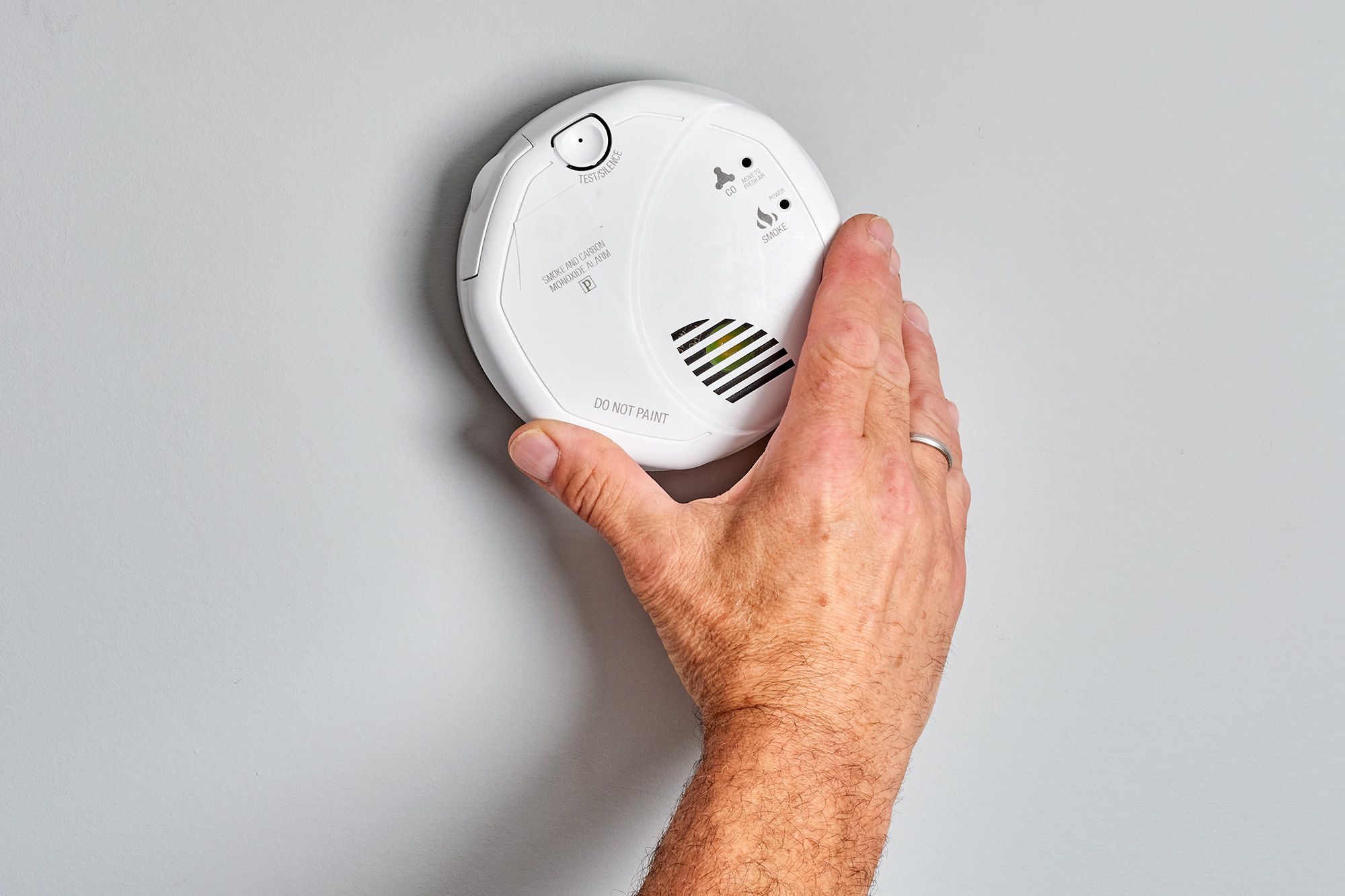
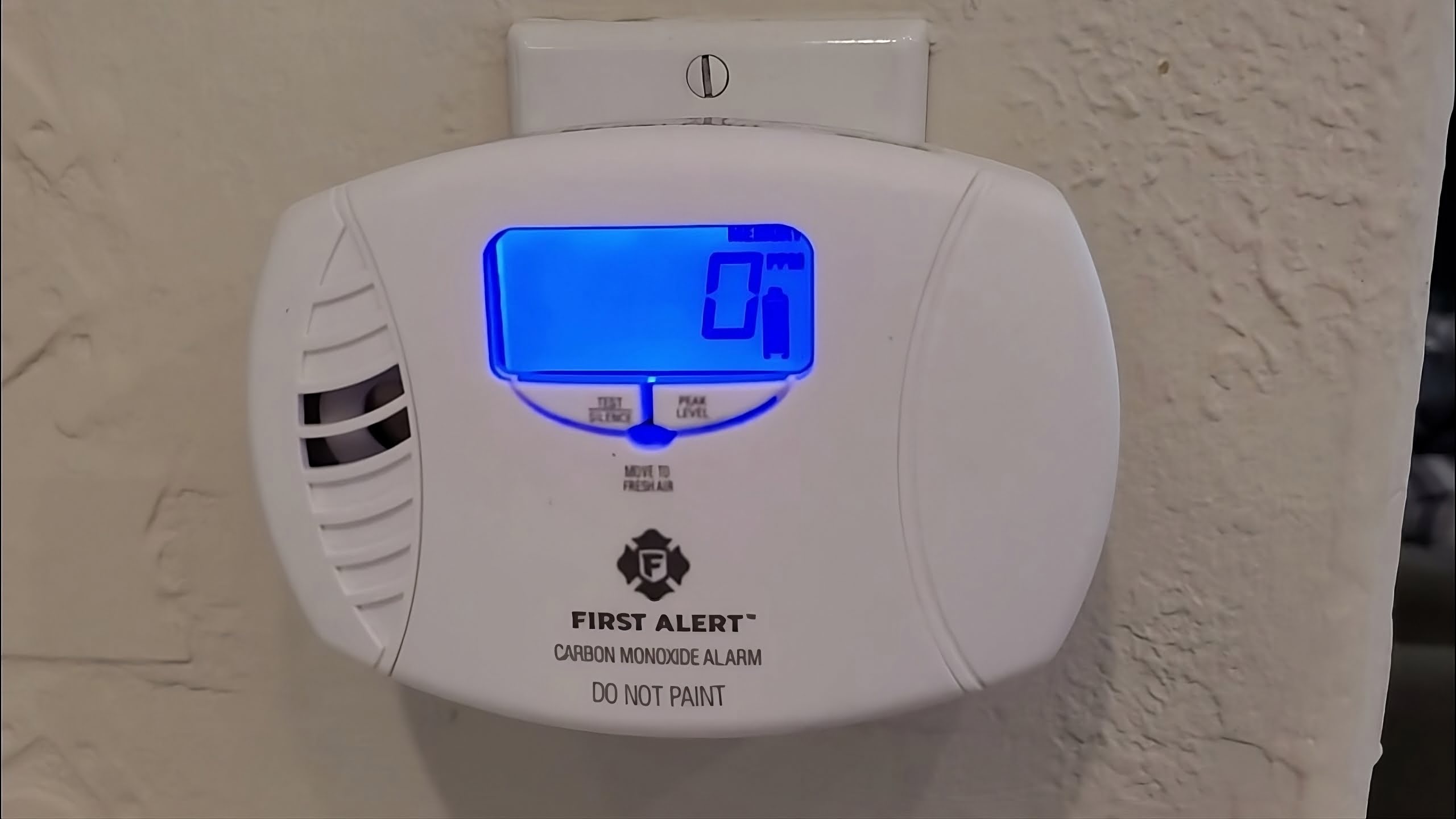
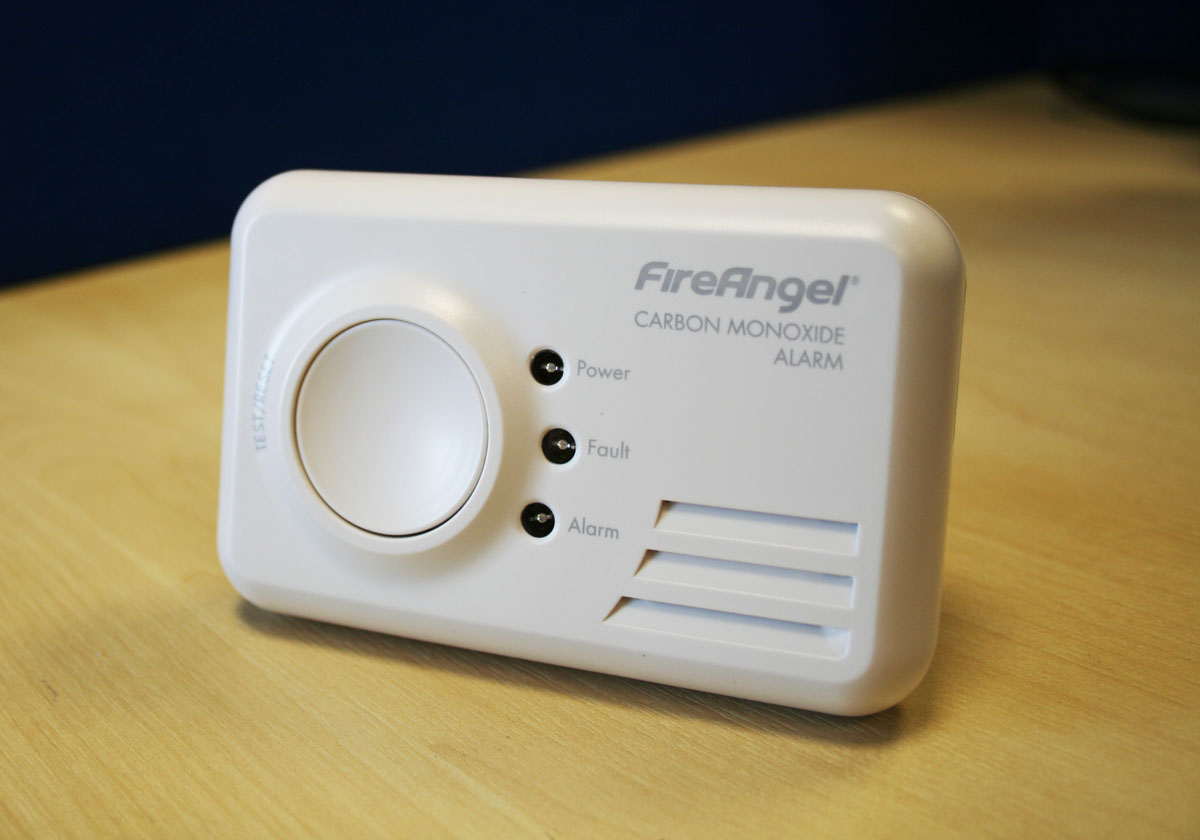
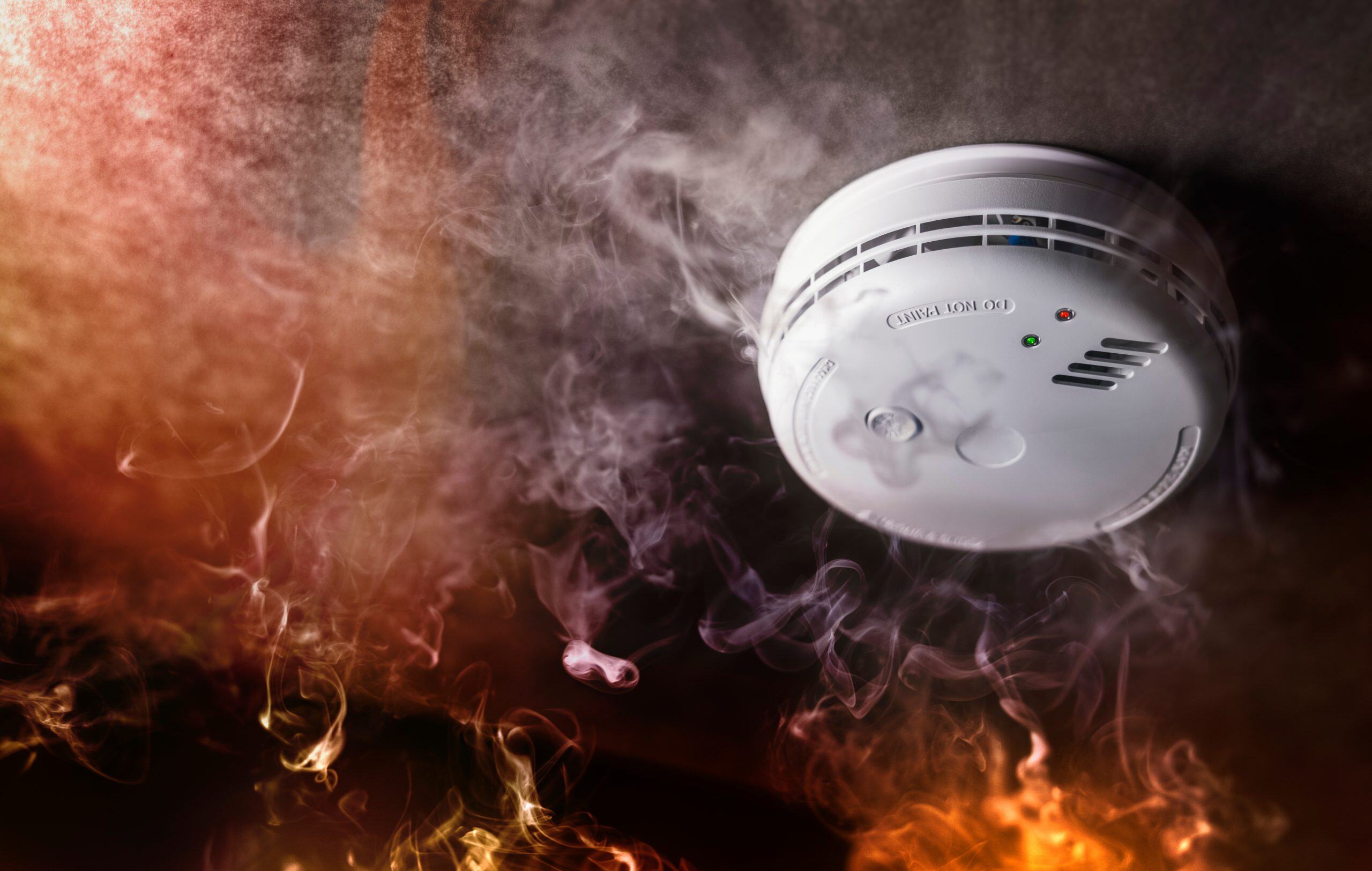

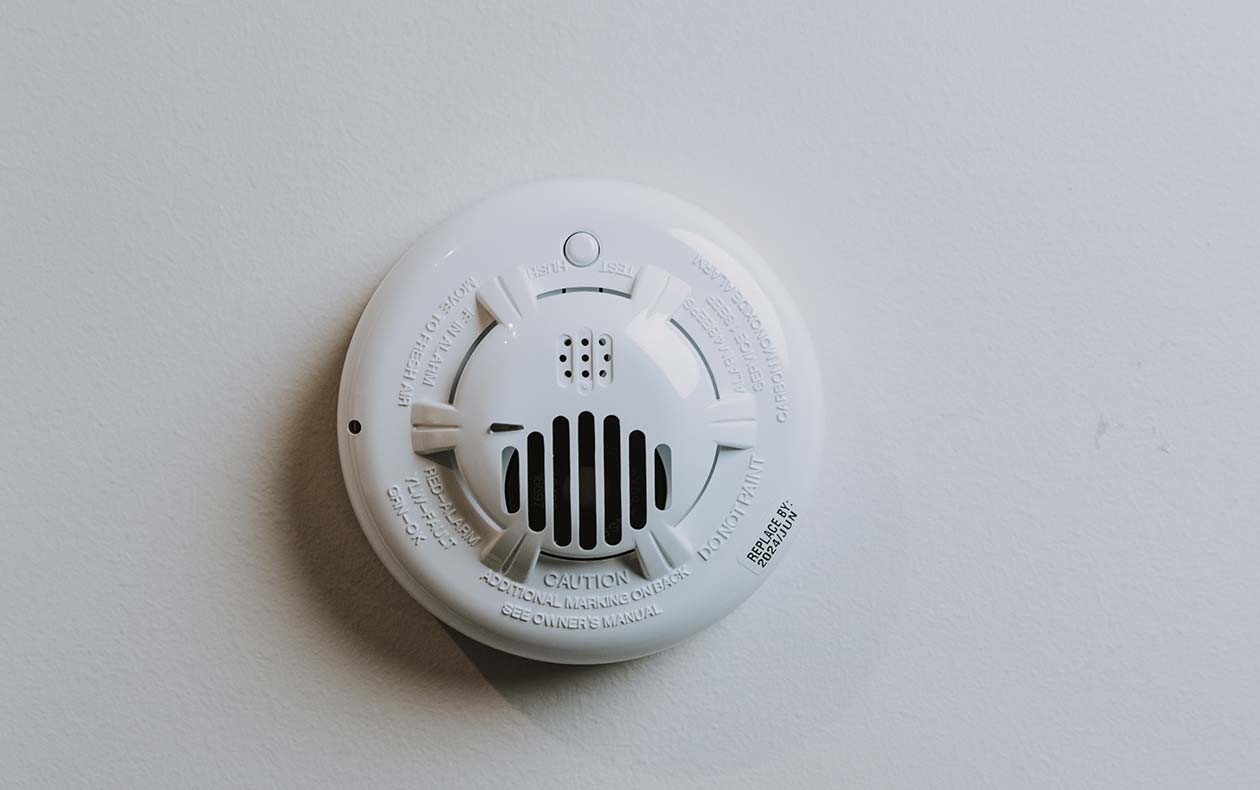
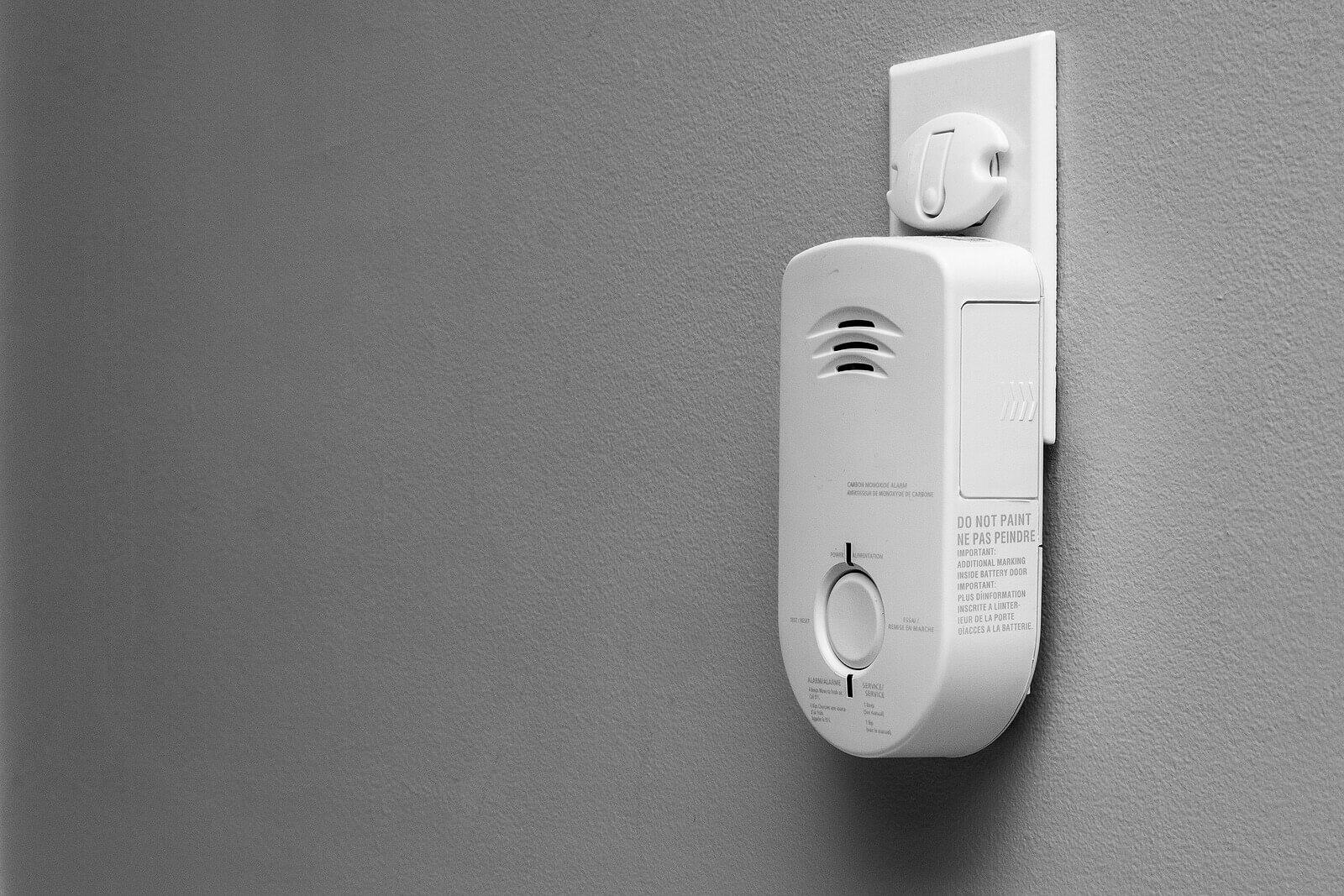
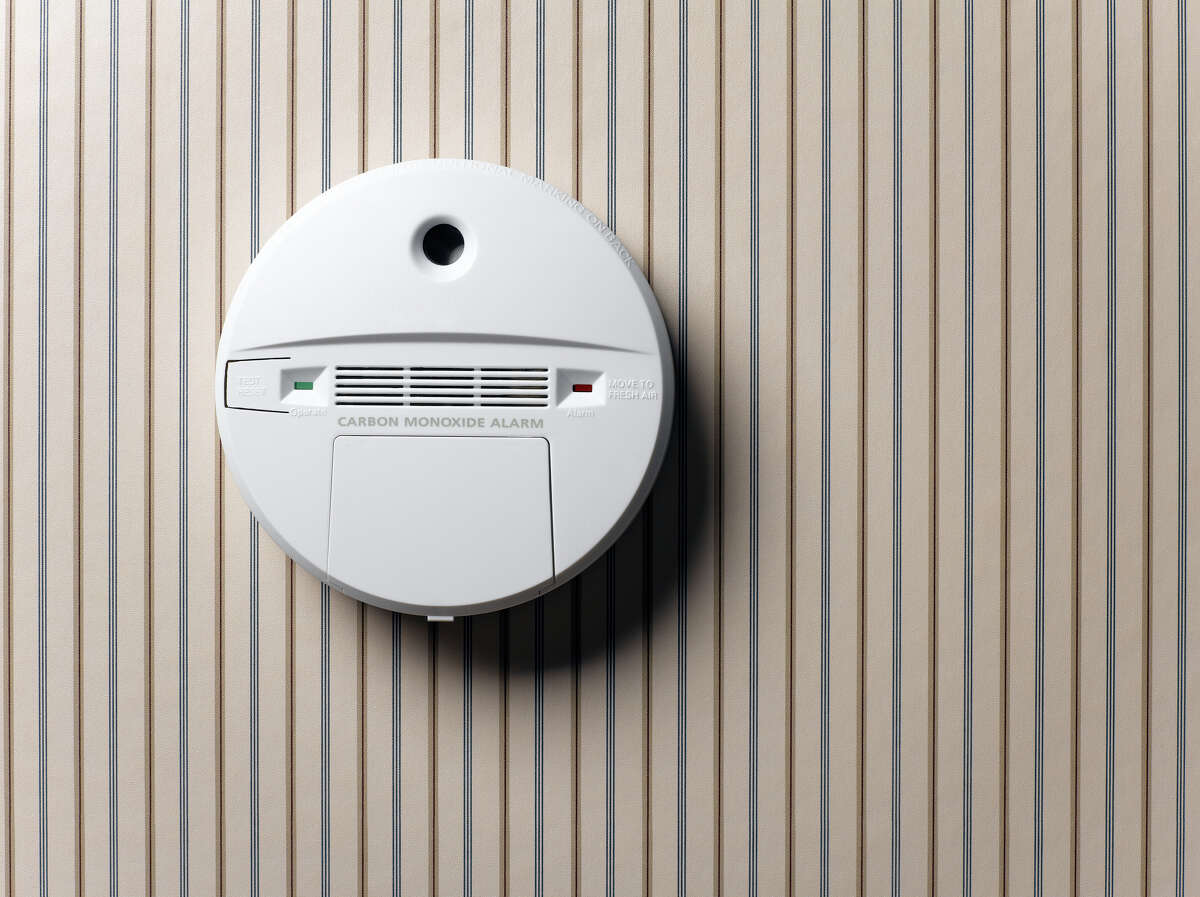
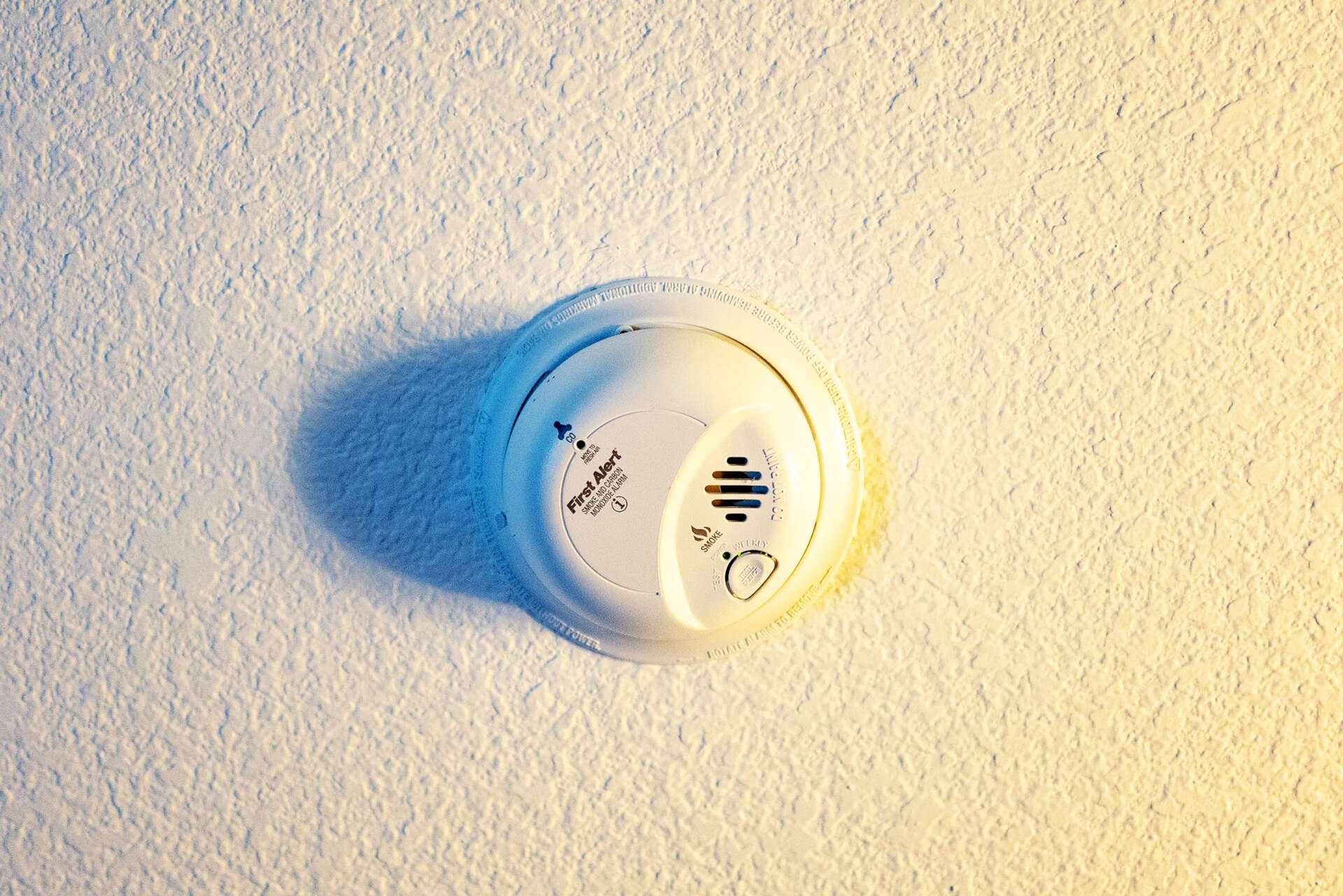
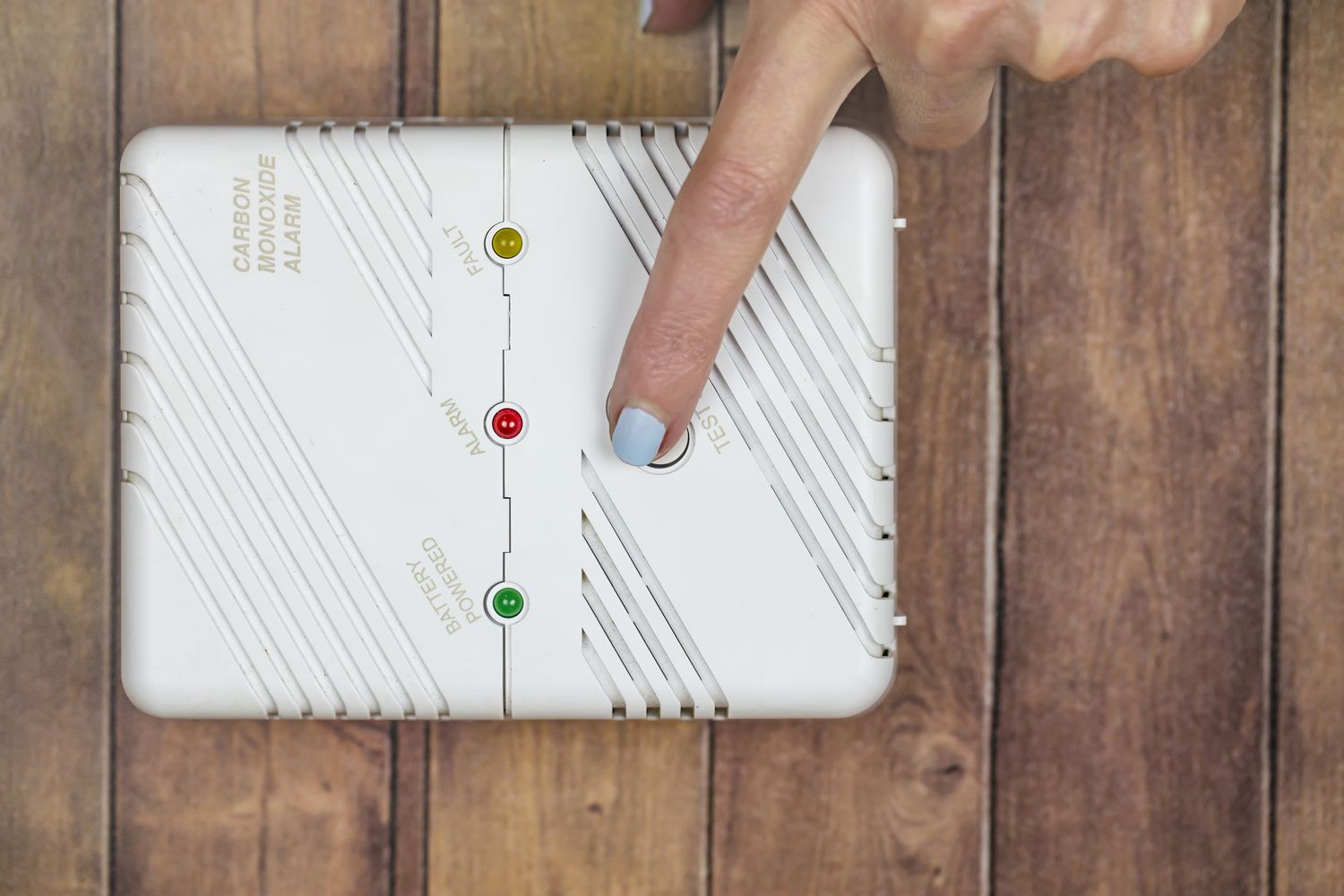
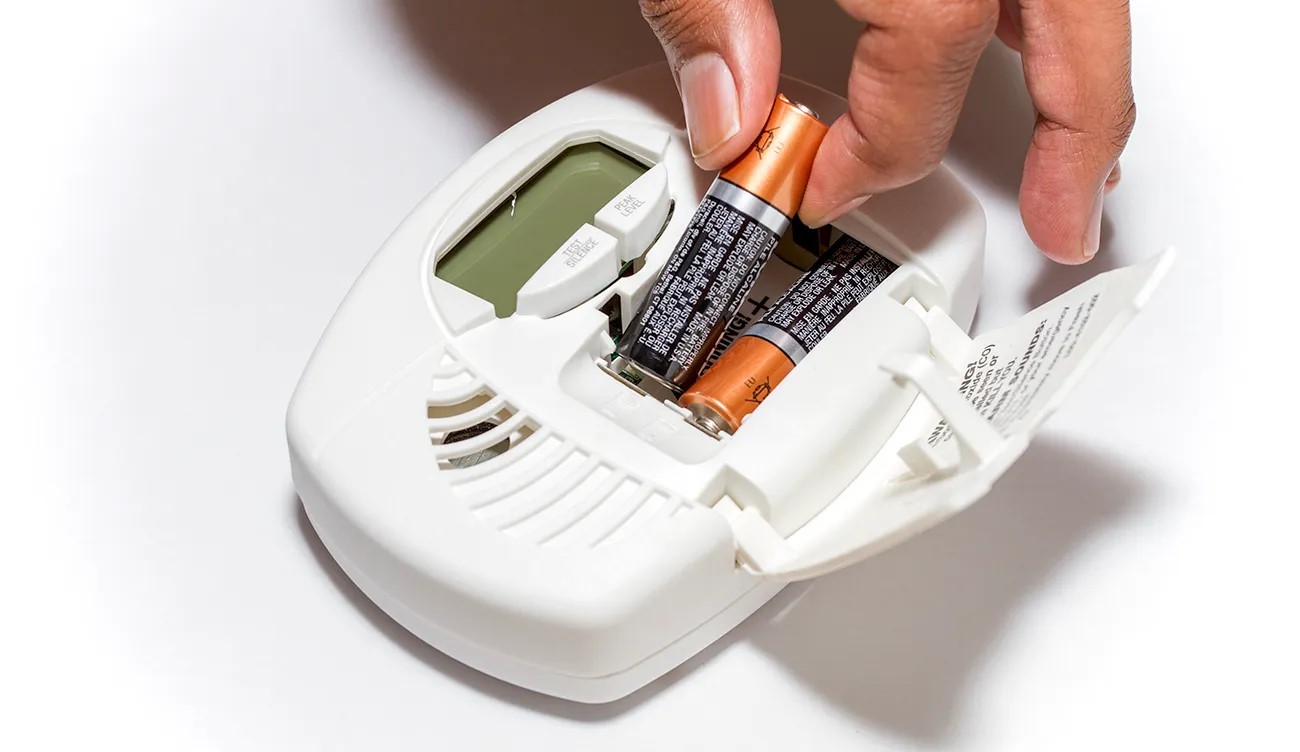
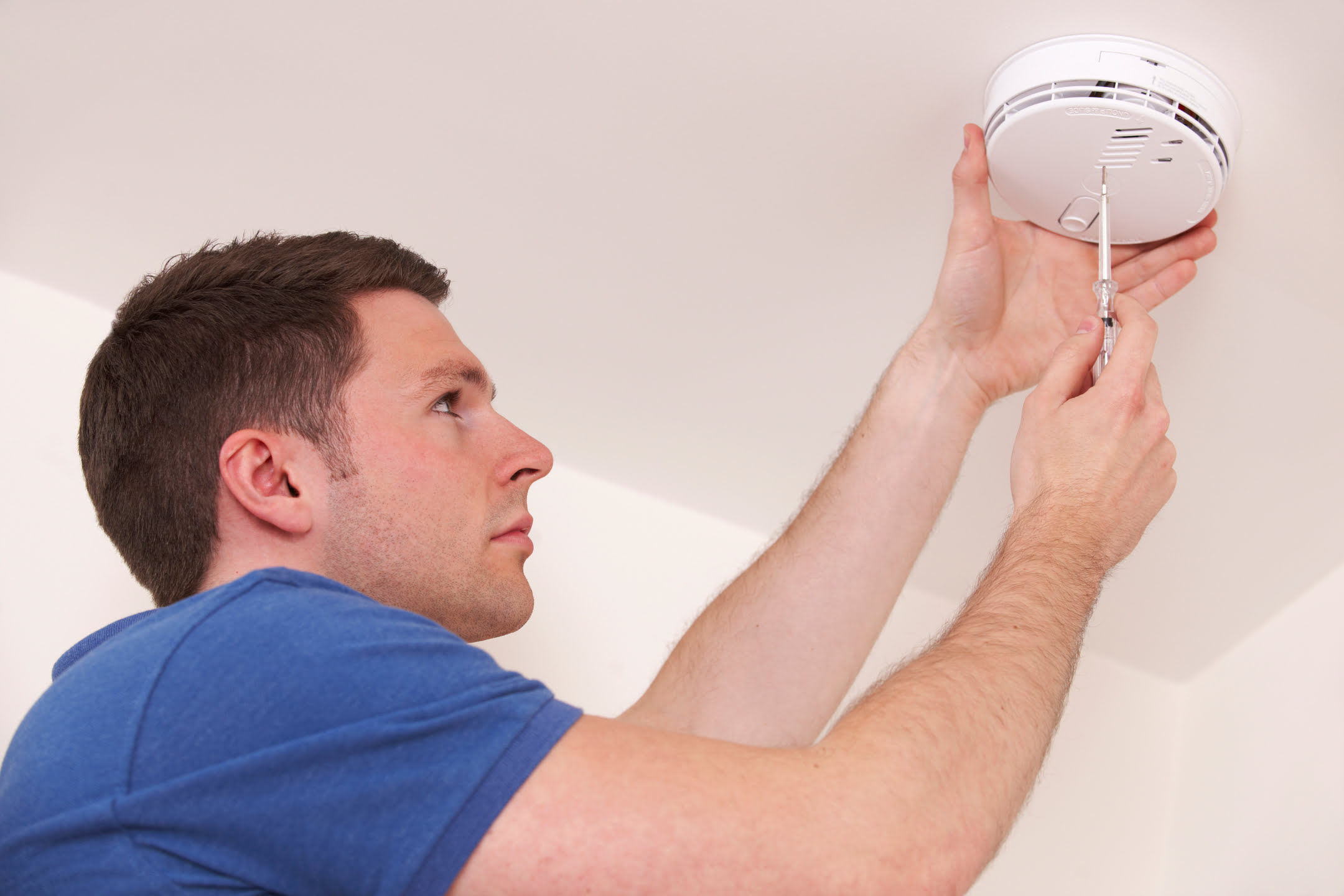
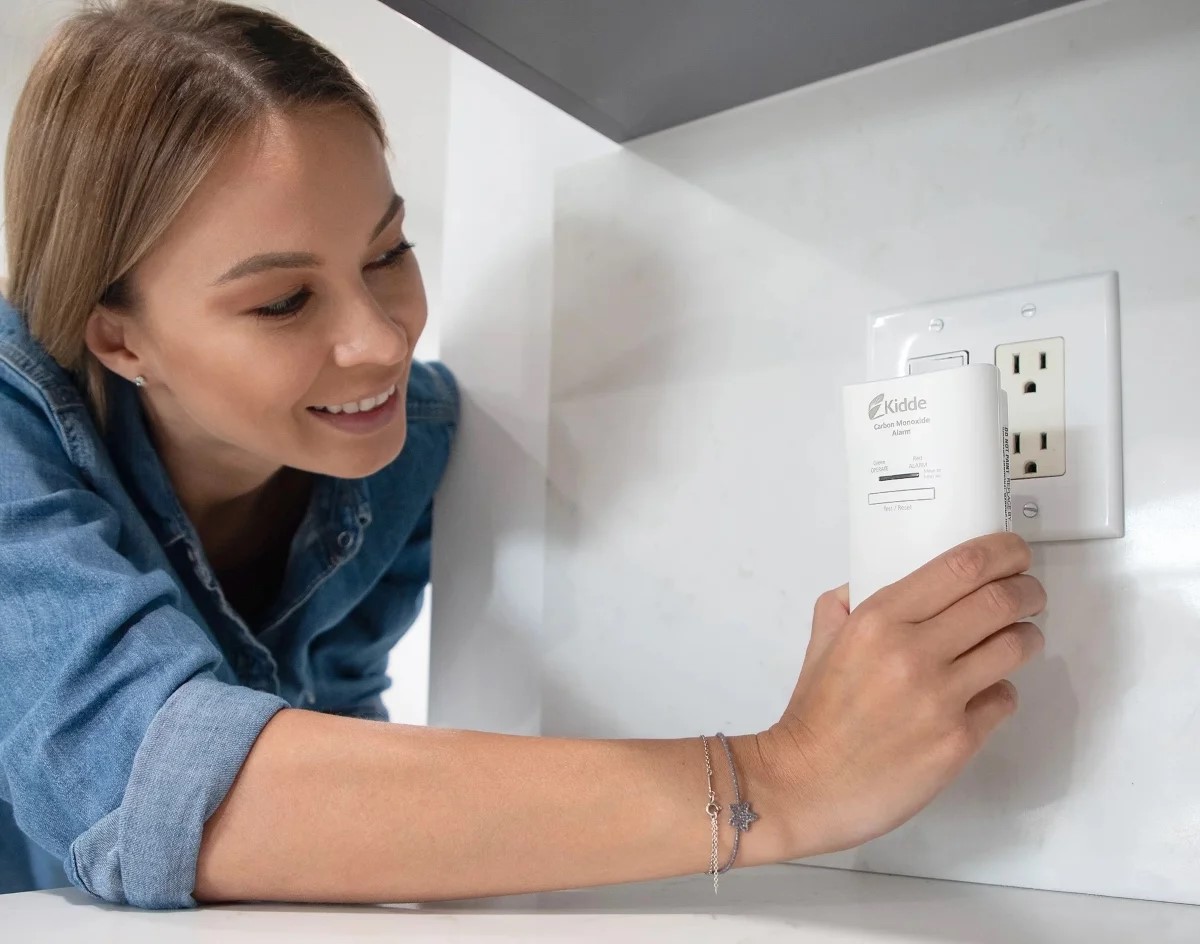

0 thoughts on “Who Do You Call If Carbon Monoxide Detector Goes Off”